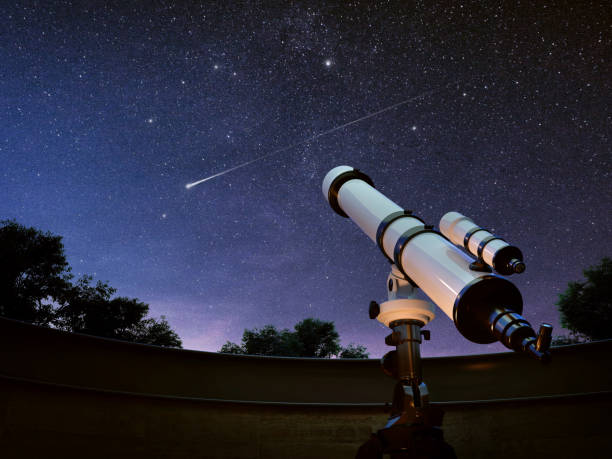Stargazing Safaris: The Rise of Astrotourism
The night sky has captivated humanity for millennia, inspiring myths, scientific discoveries, and countless dreams. Now, a new travel trend is emerging that combines our fascination with the cosmos and our desire for unique, immersive experiences: astrotourism. This niche form of travel is gaining traction as travelers seek out dark sky destinations, celestial events, and astronomical observatories to explore the wonders of the universe.

Dark Sky Destinations
As light pollution increasingly obscures our view of the night sky in urban areas, dark sky destinations have become coveted travel spots for stargazers. These locations, often remote and protected, offer pristine views of the Milky Way and celestial bodies. The International Dark-Sky Association (IDA) certifies areas that preserve exceptional quality of starry nights, creating a global network of dark sky parks, reserves, and sanctuaries.
Astronomical Events as Travel Catalysts
Celestial events have become major drivers for astrotourism. Solar eclipses, in particular, can draw hundreds of thousands of visitors to the path of totality. The 2017 total solar eclipse across the United States sparked a surge in astrotourism, with many destinations along the path reporting record tourism numbers. Other events like meteor showers, planetary alignments, and the aurora borealis also prompt travelers to seek out optimal viewing locations.
Observatories and Space Centers
While natural settings offer unparalleled views of the night sky, many astrotourists are drawn to observatories and space centers for a more scientific experience. These facilities often offer guided tours, educational programs, and the chance to peer through powerful telescopes. Notable destinations include the Mauna Kea Observatories in Hawaii, the Very Large Telescope in Chile’s Atacama Desert, and NASA’s Kennedy Space Center in Florida.
The Impact on Local Communities
The growing popularity of astrotourism is having a significant impact on local economies, particularly in rural areas. Communities that were once overlooked by traditional tourism are now seeing an influx of visitors seeking dark skies. This has led to the development of specialized accommodations, such as astro-lodges with observatory domes, and the creation of new jobs in astronomical guiding and education.
Stargazing Safari Essentials
-
Red flashlight to preserve night vision
-
Warm, layered clothing (nights can be chilly even in warm climates)
-
Binoculars or a portable telescope
-
Star charts or astronomy apps
-
Camping chair or blanket for comfort during long observations
-
Thermos with hot beverages to stay warm
The Future of Cosmic Travel
As technology advances and space tourism becomes a reality, the boundaries of astrotourism are expanding beyond Earth’s atmosphere. Companies like SpaceX and Blue Origin are developing programs for civilian space travel, promising an entirely new frontier for cosmic adventurers. While space tourism remains out of reach for most, it represents the ultimate goal for many astrotourism enthusiasts.
Astrotourism offers a unique blend of science, nature, and wonder, providing travelers with unforgettable experiences and a deeper connection to the universe. As we continue to look up at the stars, this celestial form of travel is sure to inspire and captivate generations of explorers to come.





